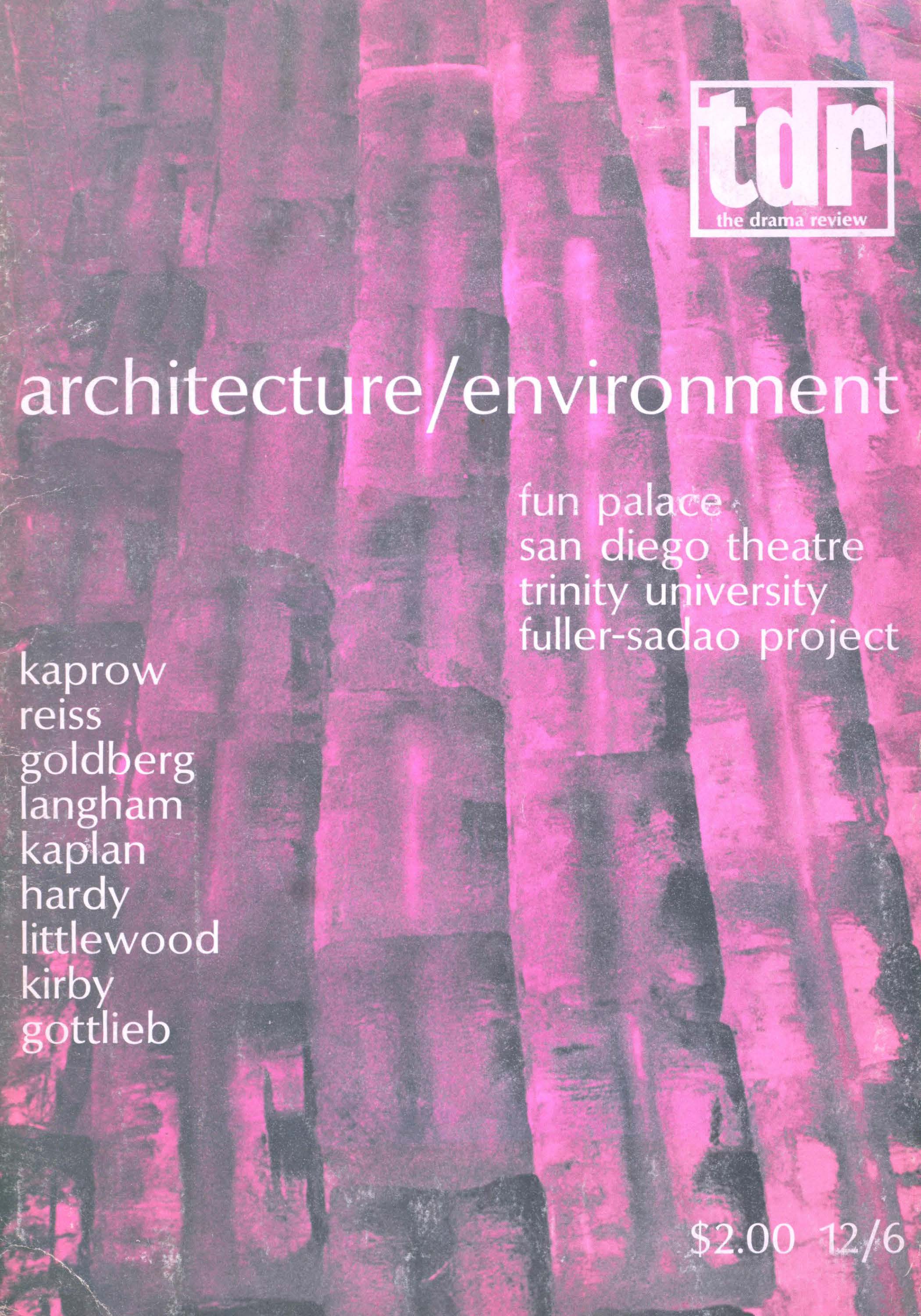No CrossRef data available.
Article contents
The N.Y. Apparition Theatre of Ken Jacob
Published online by Cambridge University Press: 07 December 2021
Extract
Ken Jacobs’ two-and-three-dimensional shadow play, “ ‘Slow Is Beauty’—Rodin,” was performed over several weekends in the fall of 1974 in a loft at the Idea Warehouse on Reade Street in New York City. The central aim of Jacobs is to make “depth recognition an esthetic event as.is done in dance and sculpture, to tune the audience into the sensuality of depth intervals.”
The traditional shadow play is done by backlighting puppets, hands, or actors who perform behind a translucent screen, curtain, or panel. The effect is flat and two-dimensional. To achieve a three-dimensional effect, Jacobs uses two opposingly polarized sources of light, each of which causes the object before it to cast a shadow. The audience thus sees two separate shadows, which may overlap to some extent, for one object. When the viewer puts on a pair of polarized glasses with eyepieces of opposing polarities, he sees only one image with each eye.
- Type
- Contemporary Performances
- Information
- Copyright
- Copyright © 1975 The Drama Review
References
* In 1965, Jacob's Apparition Theatre of New York performed a two-dimensional shadow play at the Expanded Cinema Festival at the Filmmaker's Showcase, and a piece called Thirties Man at the Museum of Modem Art. Experimental pieces in three-dimension followed at S.U.N.Y. Binghampton, N.Y., where he teaches film. In 1971, he performed a work at 80 Wooster Street in New York City and in 1972 a children's piece, East of Chinatown, for the Educational Alliance. He was represented at the London Film Festival by two pieces, one a special children's show. His work in three-dimension shadow plays has been helped by The Institute for Art and Urban-Resources and Creative Artists Public Service (CAPS). At present Jacobs teaches film at Harpur College. All photographs by I.F. Brown.


